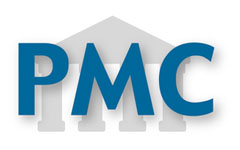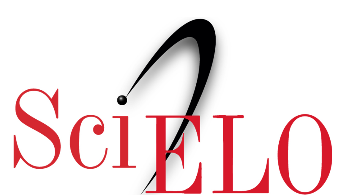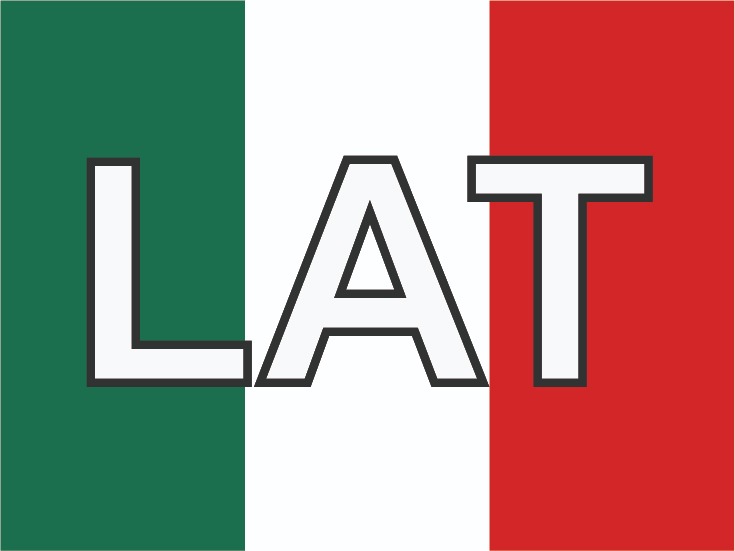Latissimus dorsi transposition for sequelae of obstetric palsy
Abstract
Background: In obstetric palsy, limitation in the external abduction and rotation of the shoulder is the most frequent sequelae. Glenohumeral deformity is the result of muscular imbalance between the external and internal rotators. Releasing the contracted muscles and transferring the latissimus dorsi are the most common surgeries in this case.Patients and methods: We operated on 24 children between 4 and 8 years of age with obstetric palsy sequelae to elevate the subscapularis muscle off the anterior surface of the scapula posteriorly and transfer the latissimus dorsi. The patients received a minimum of 2 years of follow up. They were evaluated based on Mallet’s and Gilbert’s classifications.
Results: All of the patients recovered within the above mentioned classifications. Out of 22 children evaluated via Mallet’s classification, all improved from 3 to 4 on that scale. With respect to Gilbert’s classification, 16 children improved one degree and 8 improved 2 degrees. All of the patients’ parents were satisfied with the results.
Discussion: The benefit from releasing contracted muscles and muscle transfer to improve shoulder abduction in the sequelae of obstetric palsy has been amply reported in the literature. The results we had from elevating the subscapularis muscle off the anterior surface of the scapula and transferring the latissimus dorsi were good. Children who were difficult to classify based on the described scale were taken note of and some sub-classifications for Gilbert’s descriptions were proposed. Patients must be selected carefully. To transfer the latissimus dorsi, it is necessary to have good passive mobility in abduction, a minimum of 20º of external rotation and no joint deformities. When negative external rotation is found, the subscapularis muscle should be released. When there is glenohumeral joint deformity in older children, other methods are recommended, such as rotational humeral osteotomy.
Authors
Downloads
Download data is not yet available.
Published
2010-10-08
Submitted
2010-10-07
|
586 |
How to Cite
Vergara- Amador, E. (2010). Latissimus dorsi transposition for sequelae of obstetric palsy. Colombia Médica, 41(3), 248-255. https://doi.org/10.25100/cm.v41i3.711
Issue
Section
Original Articles
The copy rights of the articles published in Colombia Médica belong to the Universidad del Valle. The contents of the articles that appear in the Journal are exclusively the responsibility of the authors and do not necessarily reflect the opinions of the Editorial Committee of the Journal. It is allowed to reproduce the material published in Colombia Médica without prior authorization for non-commercial use




















